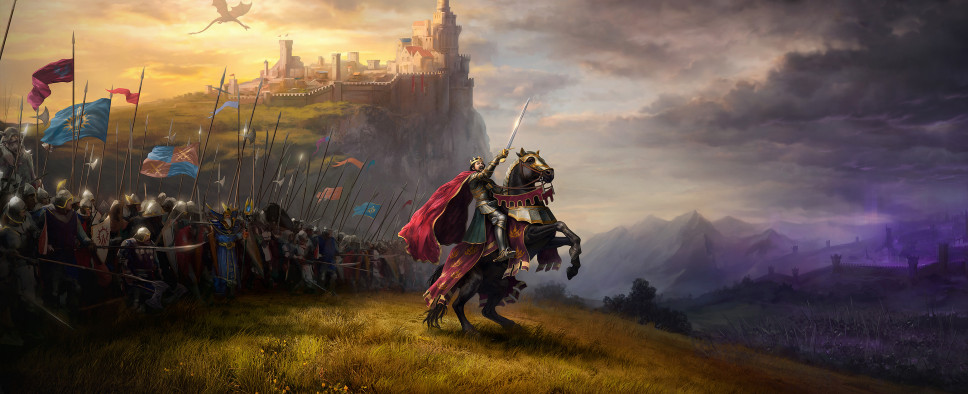GB Feature: King's Bounty II Review
-
Category: News ArchiveHits: 1360

King's Bounty II uses "ideals" in a lot of ways. There are four ideals -- anarchy, order, finesse, and power -- where anarchy opposes order, and finesse opposes power. Many of the quests give you two ways to complete an objective, where the two ways coincide with two of the opposing ideals. For example, you might steal something (anarchy) or buy it (order), or you might solve a puzzle (finesse) or blindly attack anything that moves (power). Each time you complete an objective associated with an ideal, you gain points for that ideal.
There are four talent trees in the game, one for each ideal. Each tree has ten talents, and all of the talents are passive. As you gain points for an ideal through quests, you unlock talents in that ideal's talent tree, which you can then purchase using the talent points you gain when leveling up. There are more ideal points available than you need to unlock everything in an ideal's talent tree, but not by much, so you need to focus on one or two ideals to unlock the best talents. In general, anarchy talents improve income and trickiness, order talents improve healing and morale, finesse talents improve spellcasting, and power talents improve damage and defense. The talents in all four trees are useful for all characters, so you have to be careful about how you solve quests and spend your talent points, which is nice. Better yet, if you don't like how you've built your character, you're allowed to reset your talent points (but not your ideal points) and re-allocate them.

